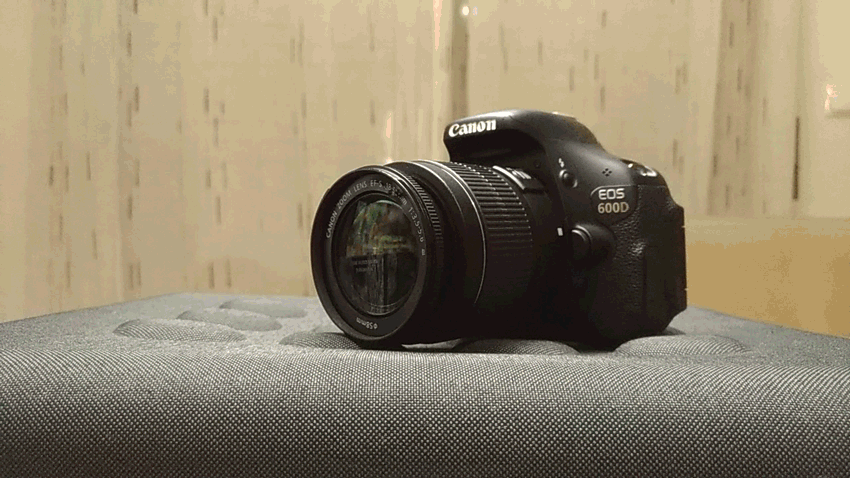
Hi Everybody :)
Step into the tiny worlds that often escape the naked eye, in this exclusive Hive article, we dive into the art and wonder of macro photography.
Today's macro photography session is dedicated to the meticulous analysis of a marine shell whose morphology, wear, and structural complexity are visible and evident to the naked eye, but which reveal themselves whole when observed at enlarged scales. The images capture a deeply eroded fossil-like organism, where the calcareous material shows multiple sedimentary layers, irregular fissures, and cavities resulting from biogenic and mechanical processes. The surface, marked by microfractures and undulating deformations, presents a subtle alternation between smoother zones and densely textured areas, suggesting prolonged cycles of abrasion, dissolution, and natural recomposition.
The dominant tones are in a neutral and earthy palette, with opaque whites, soft ochres, and muted browns that give the piece its mineral character. The soft lighting and controlled blurring of the background, composed of abstract gradations of white and gray, isolate the structure and enhance the visual reading of its micro-topography. Specific elements, such as darker inclusions and small residual encrustations, add chromatic complexity and reinforce the object's authenticity as a biological and geological record.
Let's now move onto the result:













Among the numerous techniques available for macro photography, this method is arguably the most cost-effective and efficient for individuals possessing a camera with a removable lens. By simply detaching the lens and reversing its direction, and employing an inversion ring, the process becomes more manageable and streamlined.
Technical Description
- Session Purpose
The main objective of this macro photography session is to capture detailed images of this structure, with a focus on thoroughly observing and documenting the visual characteristics and details.
Used equipments
Camera: Canon EOS 600D Digital SLR with CMOS sensor
Lens: EFS 18-55mm with f/5 maximum aperture, allowing shallow depth of field and capturing fine details.
Used inverter ring
Tripod: not used
Lighting: Adjustable LED lights to provide soft, even lighting, avoiding harsh shadows and highlighting the details of structures.
Camera Settings
Focus Mode: Manual focus to ensure precision in specific details of the structure.
Aperture: Variable aperture between f/4 and f/5 for adequate depth of field, ensuring all important details are in focus.
ISO: Low ISO setting (400) to minimize noise in images.
Shutter Speed: Adjust shutter speed as needed to avoid underexposure, while maintaining a value that allows you to capture sharp details.
The session is closed for today.
Hope you like it :)

These photos weren't taken with a tripod
Camera - Canon EOS 600D
Lens - EFS 18-55mm
Location - Portugal

See you soon
Thank you for watching
Never forget
The price of anything is the amount of life you trade for it.
Time is life... value yours, make every fraction worth it.
Striking macro photographs of different perspectives and aspects of this seashell, which make up an unusual universe for our eyes. Best regards, @aleister.
Thank you for support :)
Hello.
Thank you for publishing content on Hive, but it appears that significant parts of this writing are machine-generated.
We would appreciate it if you could avoid publishing AI-generated content (full or partial texts, art, etc.).
Thank you.
Guide: AI-Generated Content = Not Original Content
Hive Guide: Hive 101
If you believe this comment is in error, please contact us in #appeals in Discord